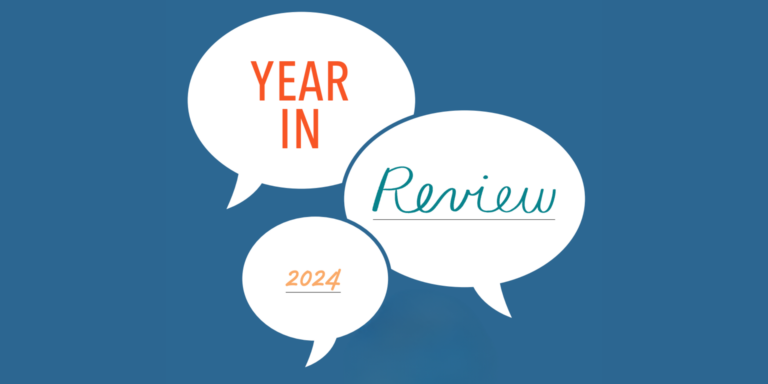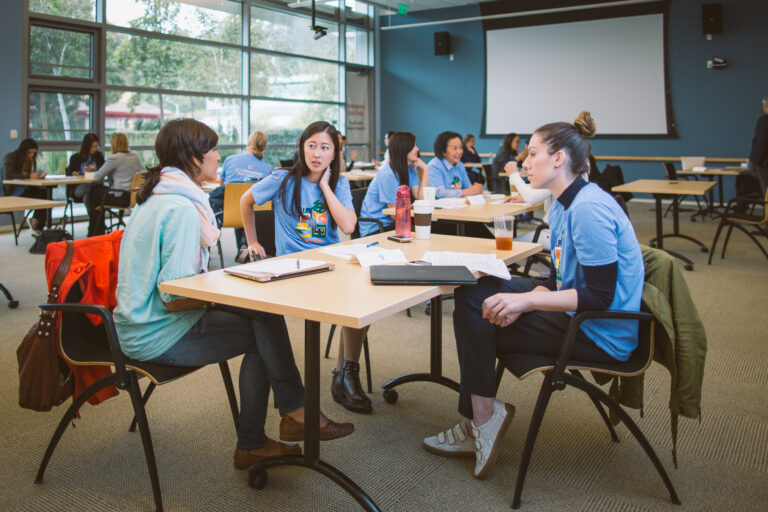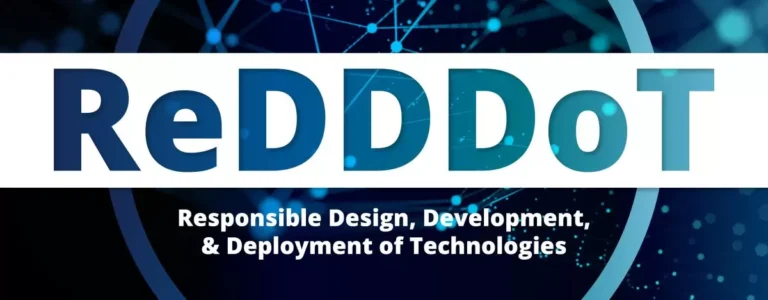New York City was an early epicenter of the COVID-19 pandemic in the United States, and the region’s economic and social recovery depends on a number of intersecting factors. Public transit usage trends, continued work-from-home for office workers, and the availability of broadband internet access are all variables that will shape the region’s ongoing recovery.
As local policymakers develop strategies for lasting economic recovery, organizations like the Regional Plan Association (RPA) are creating actionable policy reports that are adaptable to long term impacts of the pandemic, and highlights how critical multidimensional infrastructure is to creating solutions that can unlock greater, more equitable impact for all. For nearly 100 years, RPA has designed programs and strategies for energy, housing, planning, transportation, and governance with the goal of improving prosperity, sustainability, and overall quality of life in communities across the New York, New Jersey, and Connecticut metropolitan area.
Even though RPA largely focuses on physical infrastructure and the built environment, their approach centers social and digital factors throughout the research and implementation processes. In their most recent report, “New York’s Next Comeback,” RPA demonstrates that a multidimensional understanding of the region’s infrastructure and interdependencies will be a key part of developing solutions that will help communities to recover from the impacts of the COVID-19 pandemic, and to thrive under new and changing circumstances.
Key findings and recommendations from the report illustrate RPA’s multidimensional understanding of infrastructure, including:
New uses for public space present an opportunity to positively impact community health and wellbeing: The way we direct resources to reflect new commuting patterns and daily routines is a critical piece of deciding how post-COVID infrastructure funding should work, and presents an opportunity to rethink the way we design public space to maximize positive social outcomes, such as community health, enjoyment, and wellbeing. Interventions like shared streets can help reduce air pollution by limiting traffic, and offer long term integrated solutions for expanding access to alternative modes of transportation like biking.
The greatest long term pandemic risk-factors facing New York City aren’t tied to the density of the built environment: RPA’s report found that socio-economic factors, like housing precarity and crowded living conditions, are stronger indicators of risk for spreading COVID-19 than population density. This indicates that some of the most effective solutions for limiting the continued spread of the disease and its secondary outcomes may come more from social and economic relief efforts.
The impacts of working and learning from home will disproportionately impact economically disadvantaged communities and communities of color: While the full ramifications of the shift to remote working and learning aren’t yet known, we do know that they will be most strongly felt in economically disadvantaged communities, and communities of color across the metropolitan area. Ensuring equitable access to the digital infrastructure that’s critical to students’ ability to participate in remote schooling, and that many employees need in order to do their work effectively, is going to be a key part of determining how these impacts are felt.
Each of these findings illustrates a clear understanding that the social, digital, and physical elements of the region’s infrastructure rely heavily on one another, and that creating plans for long term recovery will require considering all three of these aspects in equal measure. RPA’s work is emblematic of the values that we hope more organizations take on as we consider factors beyond pandemic recovery and reconsider long term infrastructure planning that will unlock greater, more equitable impact for all. Read RPA’s full report on the New York City region’s recovery here.





